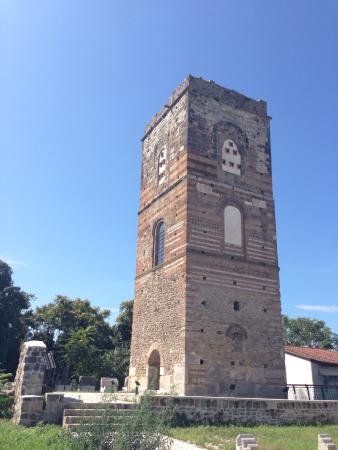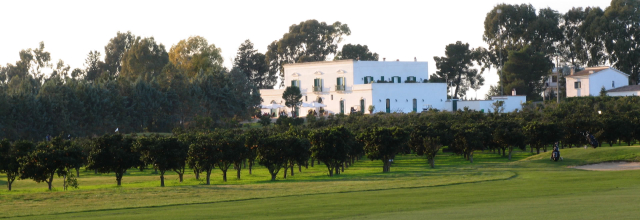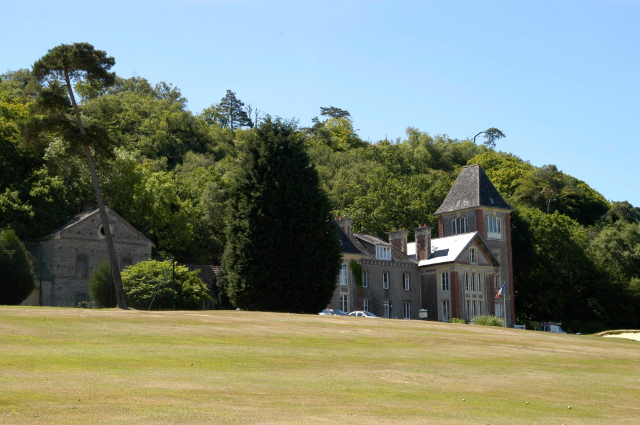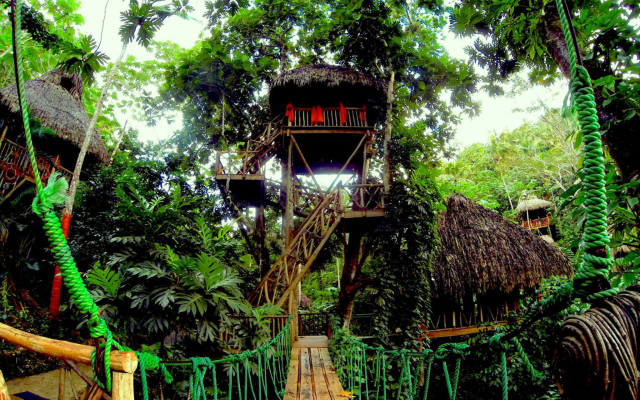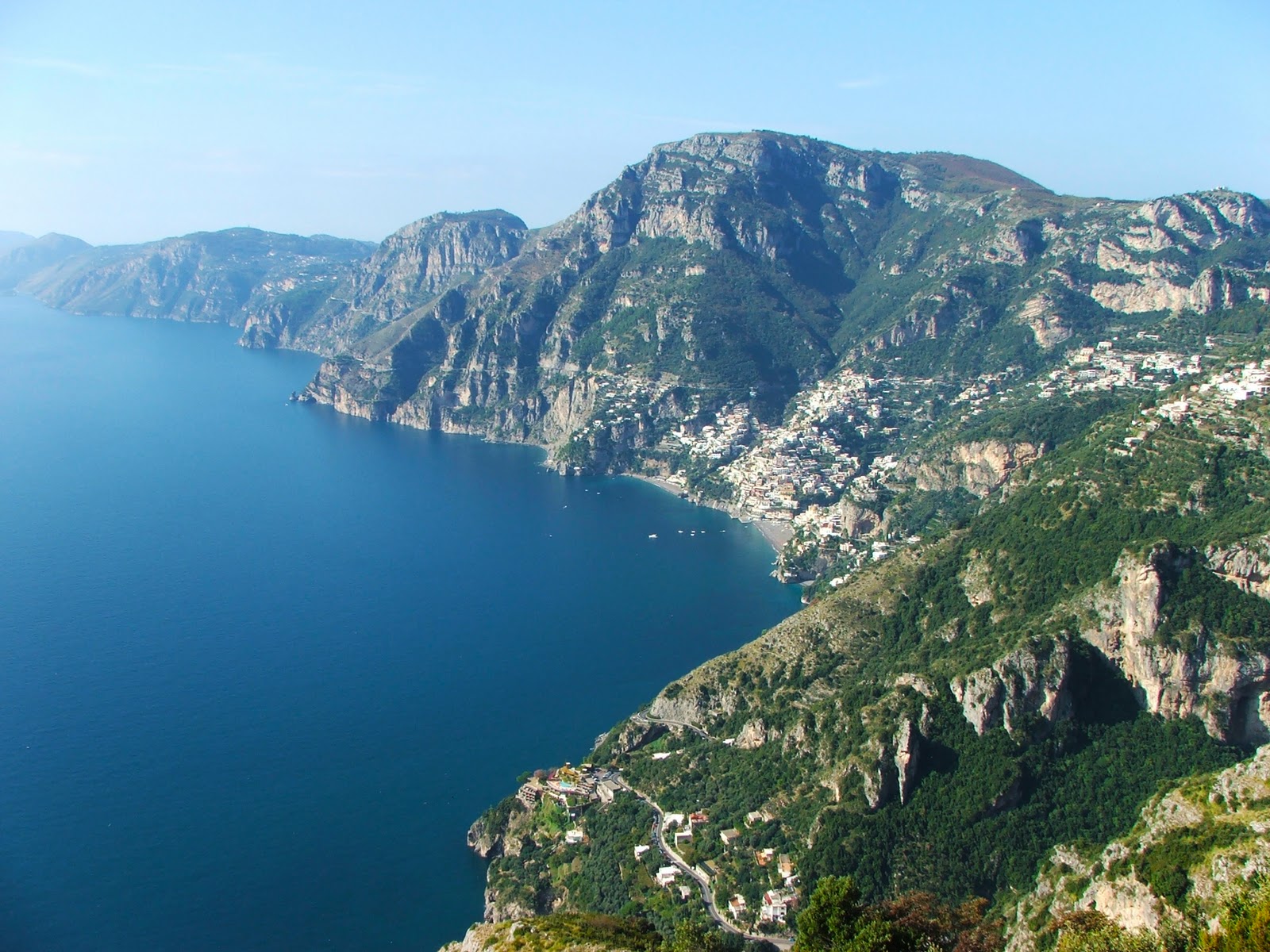he life of man in the Telesina valley is attested by numerous archaeological finds, including a "Chellian almond" preserved in the Anthropological Museum in Paris; "scrapers" of the Mousterian technique; a beautiful spearhead known as the Telese spearhead; the hut-ovile, found in the Montepugliano district; and the "pile-dwelling" excavated in the countryside at Castelvenere in 1898, which has posed serious problems for scholars about the ethnic origins of the population.
It was precisely the discovery of this pile-dwelling, however, that made it possible to establish that proto-Pelasgians, who came as a result of immigrations of Ligurians (who moved a few centuries before the birth of Christ throughout Sannio) inhabited the Telesina valley.
As for the origin of the name, Telesia, opinions are controversial. Some have placed it in relation to Jupiter Telesius, worshipped in Arcadia; others, on the other hand, think that it is a derivation of the Greek verb "teleo," meaning "initiation into the mysteries"; which would suggest a name derived from the flow of sulfurous waters that, thanks to their therapeutic qualities known since antiquity, prompted the inhabitants of the area to offer sacrifices of thanksgiving to the gods.
Telesia, however, began to flourish after the wars between the Samnites and the Romans, also assuming importance as a road junction, so much so that Hannibal in 217 B.C. conquered it in order to have a clear path to Capua. It then became a Roman colony under the name of Herculia and was a means of expansion of Roman civilization and power, especially when the Via Latina or Prenestina was built, which led from Rome to Benevento, and which blossomed into Telese from Alife.
After the fall of the Roman Empire began for Telesia a history of subjugation, subjugation and destruction: it was first conquered by the Goths and then by the Lombards, who in the seventh century made it the seat of a gastaldom in the principality of Benevento. Devastated by the Saracens in 847 and 863 and by two earthquakes in the same period, resources soon after. In the 11th century Telese was conquered by the Normans and was then incorporated into the County of Caserta, with the lands divided among different tenants and possessors. It was then completely annihilated by the earthquake of 1349, which according to most theses was at the origin of the gushing of the sulfur springs.
More precisely, with the seismic event of 1349, at the slopes of Mount Pugliano the rock was torn open and in several spurts sulfurous water began to gush out; the whole part of the Telesine territory called "stinking water" became sprinkled with exhalations of carbon dioxide, the so-called "mofete" particularly lethal for breathing. Around the dangerousness of these waters various legends began to spread, so that in a few years the village was abandoned. The inhabitants moved away, preferring to live in the surrounding areas: thus new towns sprang up, while existing ones such as Cerreto, Solopaca, Massa Superiore, Vicus S.Fremundi grew larger.
After a period of quiet and modest evolution it would come to 1806 to glimpse some awakening in the Telesina Valley.
With the advent of the French, the Kingdom of Naples was divided into 14 provinces, headed by an Intendant: the provinces into 42 districts and 2,500 municipalities that were regulated by Municipal Orders.
Telese, at the hamlet level, was part of the Decurionate of Solopaca (District Chief), in the Province of Terra di Lavoro.
The unification of Italy sanctioned this situation: Telese remained a hamlet of Solopaca, but in the new province of Benevento.
But a determining factor in the development of the hamlet was certainly the use of the sulfur springs for therapeutic purposes.
Medical studies after careful analysis understood the beneficial and curative action of the sulfur waters of Mount Pugliano as well as their potability and contributed to the fact that the springs were no longer seen as harmful or even deadly. Just as had happened with Europe and other Italian spas, the evolution of science and the spread of medical studies played an essential role in the development of Telesine thermalism.
In 1822, thanks to the revaluation of the Telesine springs due to the numerous medical publications of those years, the idea of building a spa was born.
However, the Telesine hot springs had a long and troubled birth.
In fact, the dispute between the municipality of Solopaca – to which Telese belonged – and that of San Salvatore, regarding the ownership of the springs, marked an initial setback to the development of the establishments.
Today Telese Terme is a charming town in the Sannio region that has about 6,500 inhabitants. Rich in luxury hotels, restaurants and trattorias, it also has numerous facilities that on the service level efficiently meet all the needs, both of its inhabitants and tourists.
